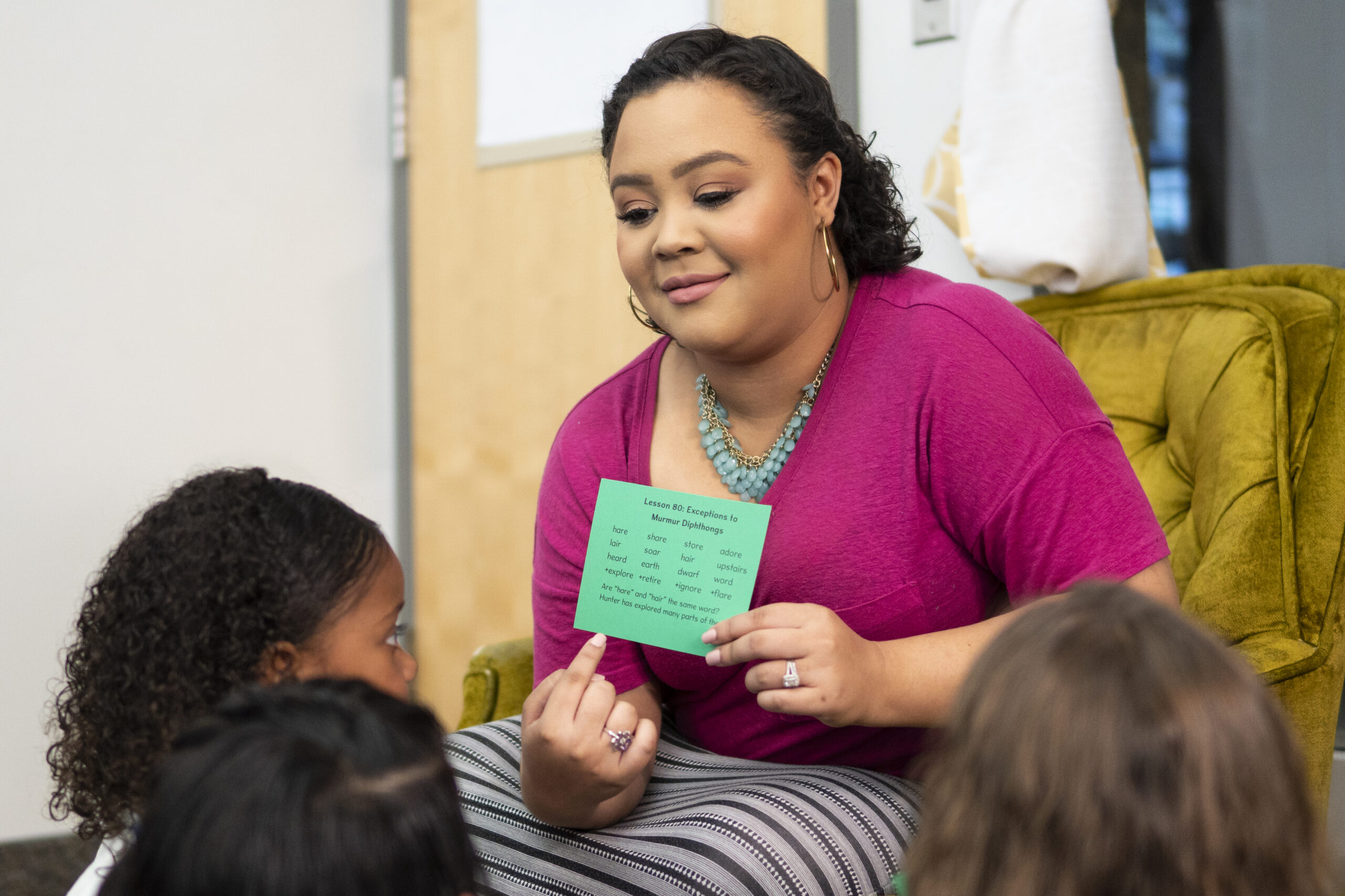Teaching students in special education classrooms can be a complex task with varying needs and challenges. Here are a few quick tips from Special Education expert Laura Axtell, M.Ed.

General
When handwriting and reading are difficult for a student, it is important to separate the two tasks. A student shouldn’t work on their writing while working on their reading skills. If a student’s handwriting affects their ability to participate in reading activities, teachers should provide them with tools to accommodate this difficulty. A teacher can offer letter cut-outs so students can grab or point to the correct letters needed for a given reading activity.
Dyslexia
According to the Yale Center for Dyslexia and Creativity, 20% of students have dyslexia, and 80–90% of students with a learning disability have dyslexia. Dyslexia is the most common of all neurocognitive disorders. With such a high prevalence, most learning disabilities in reading stem from dyslexia.
Here are a few tips for modifying your reading curriculum to the needs of these students:
- Focus on phonological awareness to fill the gaps in foundational skills.
- Provide lots of practice opportunities. The average student needs 1–4 exposures to a reading skill to stick; students with dyslexia need double to triple the amount of exposure to establish the skill.
- Allow students to use audiobooks to follow along and increase their interest in written text.
Autism Spectrum
When working with students on the autism spectrum, every student will be unique. But there are common characteristics such as sensory issues, fixation, and a need for consistent routines.
- It is common for students with autism to have sensory issues that make certain tasks uncomfortable. Writing can be particularly uncomfortable. It is important to find the right writing utensil for the student or accommodate the writing tasks mentioned above.
- When a student has sensory issues or is non-verbal, instructional software may be a better fit for reading instruction—taking care to help students avoid tasks on the software that they may fixate on, like a game or activity they enjoy.
- If a student is using instructional software, you may need to teach them how to use keyboard shortcuts rather than the mouse if they find it frustrating.
Physical Disabilities
Depending on the degree of physical disabilities, there are several ways you can modify reading instruction to meet a student’s mobility.
- Instead of having a student pull letters or write a word, have them tell you how to spell the word and act as a scribe.
- When using a marking system to teach students phonics and decoding skills, have the student tell you where to place markings on a word.
Cognitive/Intellectual Disabilities
When working with students with cognitive and intellectual disabilities, it’s crucial to gauge what they currently know, such as colors or letters. Then, you can connect reading instruction to those things.
- Start with letter sounds.
- Teach one letter and one skill at a time; don’t connect skills in one lesson.
- Keep lessons short.
- Don’t use nonsense words.
- Use posters for a visual reference of skills taught.
- Limit information to the student’s ability.
- Use books with one sentence per page.
- Reading aloud and listening to audiobooks can help students develop a love of reading.
- Adjust lesson passing percentages to match goals on the student’s IEP.
- Give students extra rewards to foster motivation.
Learn how Reading Horizons is used in special education classrooms.
